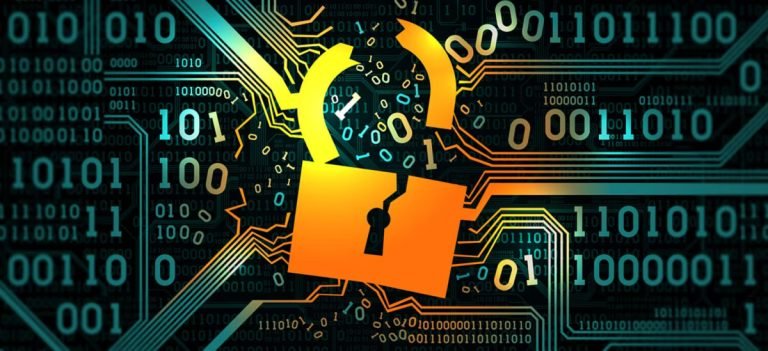In 2012, LinkedIn, the popular professional networking platform, experienced a significant data breach that had far-reaching implications for user data privacy and cybersecurity. The breach shed light on the critical importance of data protection measures, secure password practices, and the need for organizations to prioritize the security of user information. This article explores the details of the LinkedIn Data Breach, its impact, and the valuable lessons learned from this watershed moment.
The Breach Details: During June 2012, cybercriminals successfully infiltrated LinkedIn’s systems, compromising the security of approximately 165 million user accounts. The unauthorized access resulted in the theft of usernames and hashed passwords from the LinkedIn database. Subsequently, the stolen data was made available for sale on underground platforms, exposing users to potential risks such as identity theft, phishing attacks, and unauthorized access to personal and professional information.
Implications and Fallout: The LinkedIn Data Breach had severe implications for both affected users and the company itself. For users, the breach meant the potential exposure of sensitive personal and professional data, including email addresses, employment histories, and connections. This sensitive information could be exploited by cybercriminals for various malicious purposes, posing a significant threat to individuals’ online security.
LinkedIn also faced substantial repercussions from the breach. The incident led to a significant loss of user trust and confidence in the platform’s ability to safeguard their data. The company faced criticism for its initial response to the breach, prompting a commitment to strengthen its security infrastructure and enhance user data protection measures.
Lessons Learned: The LinkedIn Data Breach highlighted several crucial lessons that individuals and organizations should heed:
- Strengthen Password Practices: The breach underscored the importance of adopting strong, unique passwords for online accounts. Users should refrain from reusing passwords across multiple platforms and consider employing password managers to generate and securely store complex passwords.
- Implement Two-Factor Authentication (2FA): Enabling 2FA provides an additional layer of security for user accounts. By requiring a secondary verification factor, such as a temporary code sent to a mobile device, it significantly increases the difficulty for attackers to gain unauthorized access.
- Regular Password Updates: Users should periodically change their passwords, especially for critical accounts like LinkedIn. Regular password updates mitigate the risk of compromised credentials being used maliciously.
- Effective Security Response and Communication: Organizations must have well-defined incident response plans to ensure swift and effective actions in the event of a data breach. Prompt and transparent communication with affected users, providing guidance on password changes, potential risks, and recommended security practices, helps rebuild trust.
- Continual Investment in Security: The LinkedIn breach emphasized the importance of ongoing investments in cybersecurity. Regular assessments of security infrastructure, vulnerability management, and staying abreast of emerging threats are crucial for organizations to protect user data effectively.
Impact : The LinkedIn Data Breach of 2012 served as a pivotal moment, prompting a broader awareness of data privacy and security. It reinforced the significance of secure password practices, the implementation of two-factor authentication, and caution when sharing personal information online. For organizations, the breach highlighted the critical need to prioritize user data security, establish robust incident response protocols, and maintain transparent communication during and after a breach. By applying the lessons learned from the LinkedIn breach, individuals and organizations can bolster their data protection practices and contribute to a safer digital landscape.
Disclaimer : The information provided herein is on “as is” basis, without warranty of any kind.





